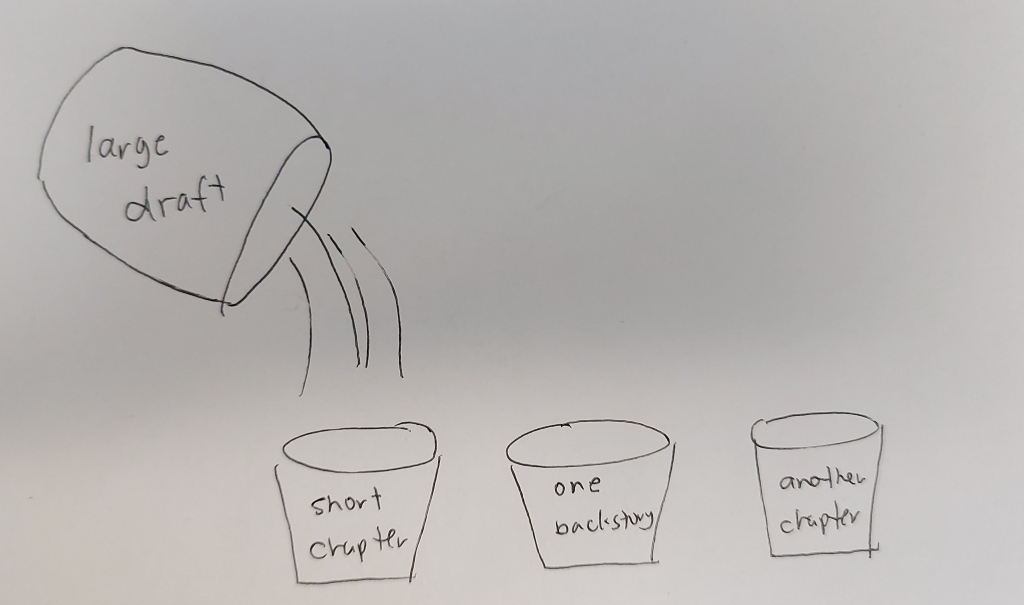by: Giselle General
Through social media posts, blogs on this site, and a few local media interviews, I’ve been sharing my journey in writing this memoir. The more experiences and milestones get documented, the more reassured about doing it in the first place. Not only does it help me have a point-in-time memory captured of the experience, sharing it seem to reach out those who are thinking of doing some kind of creative work as well.
I’m feeling a bit antsy since the developmental editor is working on the manuscript and I have about two more months to go before I get to see the feedback and dive in to make changes. A few times actually, I noticed some comments pop up on the Google doc and I immediately archived those email notifications, not wanting to see them too early.
Just recently, a friend who also lives here in Edmonton reached out to me to ask for advice on writing the memoir. This person is quite active on social media sharing her takes on social issues and sharing some of her personal life. If she wanted to, she has a lot to tell that would be a good fit for a memoir. I got the request through a private message on Twitter, then I set up an invite to do an online meeting.
I told her that the cliché advice of having an outline made sense to me, but instead of making a spreadsheet, a document or to-do list, I treated one chapter as one blank word document. The file name of the document is the rough idea of what the chapter would be about. The file name had a number in the beginning so when I click the button to sort the files, they will be chronological. When I then feel inspired to write about that chapter or topic, I have a space ready to go and write.
This enabled me to bounce around the timeline of my book. When I’m in the mood to write something really heavy and intense, like the events in March or May 2007, I can do that. When I’m emotionally drained and wanted to write about a more lighthearted chapter of events sometime in summer 2003, I can work on that too.
The analogy I used was buckets. I got a bunch of buckets, labelled them, and eventually these empty buckets got filled little by little until I was done.

But then I realized that her situation is not the same as me when I started. She is not starting from scratch, but rather, she already has a draft of 30,000 words. It’s milestone I personally reached a month after I started writing. I’m glad she’s has a good sized manuscript, and she shared about being overwhelmed of the documents. That makes sense.
Using the same analogy of the buckets, I told her “You have a big bucket of words already! Splitting the content into small buckets, where a few paragraphs focus on one experience story, theme, can be a way to manage it.”

My chapters varied in length. On average they are two pages long, with the 12 point font, single space format. Some are slightly shorter, I have about five that are outliers, that are 5 pages or more.
When I gave the advice to this friend, I suggested to read through from the top for a few pages. Once there seemed to be a natural pause, whether a small story ended or any reflections concluded for that particular topic, take that entire section and separate it as its own chapter. Then there’s Chapter 1. Move on and take a few paragraphs or pages, there’s Chapter 2. A small bucket of content being scooped out of the big hulking container of words.
Funny enough, when I submitted the manuscript to the developmental editor I actually have to combine all 43 chapters into a single document. The opposite process, pouring them all into one big bucket. It was easier and more efficient than I realize. As I copied and pasted each chapter in order, I made sure that the table of contents are set up properly and link to the right chapters. Scrolling a big document and having to begin from the top would be quite annoying I can imagine.
It was a good way to be a bit more productive while trying to wait paitently for the edits. Just over a month left!
